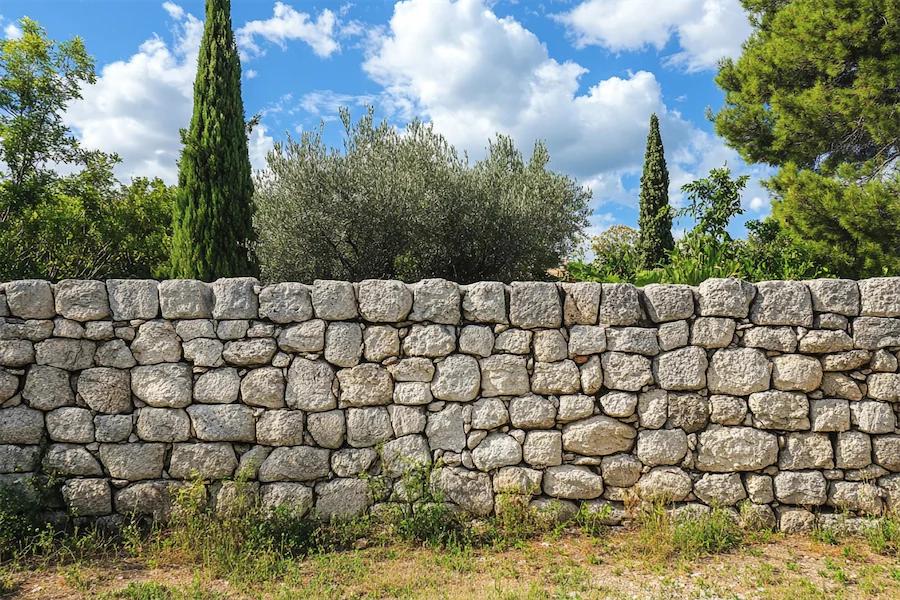Mediterranean wall designs draw inspiration from the coastal regions of Southern Europe, particularly countries like Greece, Italy, and Spain. These designs emphasize natural materials, earthy color palettes, and textures that evoke a sense of warmth and relaxation.
History and Origins of Mediterranean Wall Designs
The Mediterranean style has evolved over centuries, influenced by various cultures and climates of the region. Traditional Mediterranean architecture utilizes locally sourced materials, such as stone and stucco, to construct walls that are both functional and aesthetically pleasing. The use of whitewashed walls, for instance, is a hallmark of this style, offering a timeless canvas that allows other design elements to shine.
Key Features of Mediterranean Wall Designs
Mediterranean wall designs are characterized by several distinctive features:
- Natural Materials: Walls often incorporate materials like stone, stucco, and terracotta, reflecting the region’s connection to nature. These materials add texture and depth to interiors, creating a rustic yet elegant ambiance.
- Textured Finishes: Techniques such as Venetian plaster or stucco finishes are commonly used to add depth and interest to walls. These finishes not only enhance the visual appeal but also contribute to the overall tactile experience of the space.
- Warm, Earthy Tones: Color palettes typically include hues like ochre, terracotta, and warm beige, evoking the sun-drenched landscapes of the Mediterranean. These colors create a welcoming and cozy atmosphere, making spaces feel inviting and comfortable.
- Decorative Tilework: Incorporating colorful ceramic or mosaic tiles adds intricate patterns and cultural flair to wall designs. This element not only serves as a decorative feature but also tells a story of the region’s rich artistic heritage.
Applications of Mediterranean Wall Designs
Mediterranean wall designs are applied in various contexts, including:
- Residential Interiors: Homeowners can use stucco or textured plaster finishes to create an authentic Mediterranean feel in living spaces. Adding exposed wooden beams or wrought iron accents can further enhance the traditional look.
- Commercial Spaces: Restaurants and hotels may incorporate decorative tilework or stone walls to evoke the charm of Mediterranean architecture, providing guests with a unique and immersive experience.
- Outdoor Areas: Patios and courtyards can feature natural stone walls or whitewashed surfaces, creating a seamless transition between indoor and outdoor living spaces, which is a key aspect of Mediterranean design.
Considerations When Choosing Mediterranean Wall Designs
When selecting Mediterranean wall designs, consider the following:
- Climate Compatibility: Ensure that the materials and finishes chosen are suitable for the local climate, as some traditional materials may require specific conditions to maintain their integrity.
- Maintenance: Natural materials like stone and stucco may require periodic maintenance to preserve their appearance and durability. It’s essential to understand the upkeep involved to ensure the longevity of the design.
- Authenticity: Aim to use authentic materials and techniques to achieve a genuine Mediterranean aesthetic, which adds value and character to the space. Engaging skilled artisans familiar with traditional methods can enhance the authenticity of the design.
Conclusion
Mediterranean wall designs offer a timeless and inviting aesthetic that brings the warmth and beauty of Southern Europe into various spaces. By embracing natural materials, textured finishes, and earthy color palettes, these designs create environments that are both elegant and comfortable, reflecting the rich cultural heritage of the Mediterranean region.
